As part of our commitment to fostering greater transparency and accountability in the digital ad ecosystem, we are expanding DV’s Transparency Center to include the DV DEEP DIVES series. These reports will share key findings from DV’s Fraud Lab and Policy Team, helping advertisers minimize waste, protect their brands, and drive stronger outcomes.
In this inaugural report, we examine the rapid growth of AI-generated recipe sites, which may pose challenges for some advertisers due to concerns around content authenticity and quality.
While many cooking and recipe websites provide valuable advertising opportunities, DV’s research indicates that, in the AI era, an increasing number exhibit low-quality signals and characteristics. We encourage advertisers to have transparent discussions with their partners to ensure these sites align with their brand and performance goals.
The Rise of Online Recipe Sites
The online recipe website market continues to grow more than 15% per year. This is driven by:
- Consumer demand: 90% now rely on the internet as their primary source for recipes.
- Revenue potential: Recipe sites can quickly generate income through advertising, affiliate marketing, and sponsored content.
- Technical accessibility: Website creation tools and social media platforms have made it easier than ever to launch, grow, and maintain recipe sites.
On the technical side, generative AI tools, like ChatGPT and Claude, are increasingly being used not only to create content but also to build, launch, and maintain AI-generated recipe sites with minimal human effort.
However, this shift presents new challenges for advertisers and consumers alike. Publishers are relying on AI-generated content to quickly produce articles, sometimes replacing real food photography with hyper realistic AI-generated images. In these instances, if the dish was never actually made, does it matter to advertisers?
AI-Generated Food Content: A Concern for Advertisers?
It should be—because it matters to consumers. 87% believe it’s important for an image to be authentic, indicating a preference for real, non-AI-generated content. In fact, 83% think AI-generated content should be legally required to carry a label, highlighting a strong demand for transparency.
For advertisers, this raises key questions about the quality and credibility of the content their ads appear alongside:
- Does AI-generated recipe content align with our brand’s standards?
- Are these sites engaging real consumers or just optimizing for ad revenue?
- Could this content impact consumer trust in our brand?
- How can we ensure our ads appear on high-quality, authentic recipe content?
Examples of AI-Generated Recipe Content
Insanely Good Recipes
DV’s analysis has uncovered a number of notable examples of ad-supported AI-generated recipe content. One potential example, per our research, is InsanelyGoodRecipes.com, which, according to SimilarWeb, attracts over 3 million visits per month.
DV’s proprietary GenAI detection models and analysis indicate that the textual content on this site and many more like it is AI-generated. In addition, in conducting a manual analysis, DV found multiple instances of potentially AI-generated images of food. (With DV’s GenAI Low Quality website protection – clients can ensure that they remain protected from this genre of extreme AI hallucination.) Examples include:
https://insanelygoodrecipes.com/lemon-poppy-seed-bread/
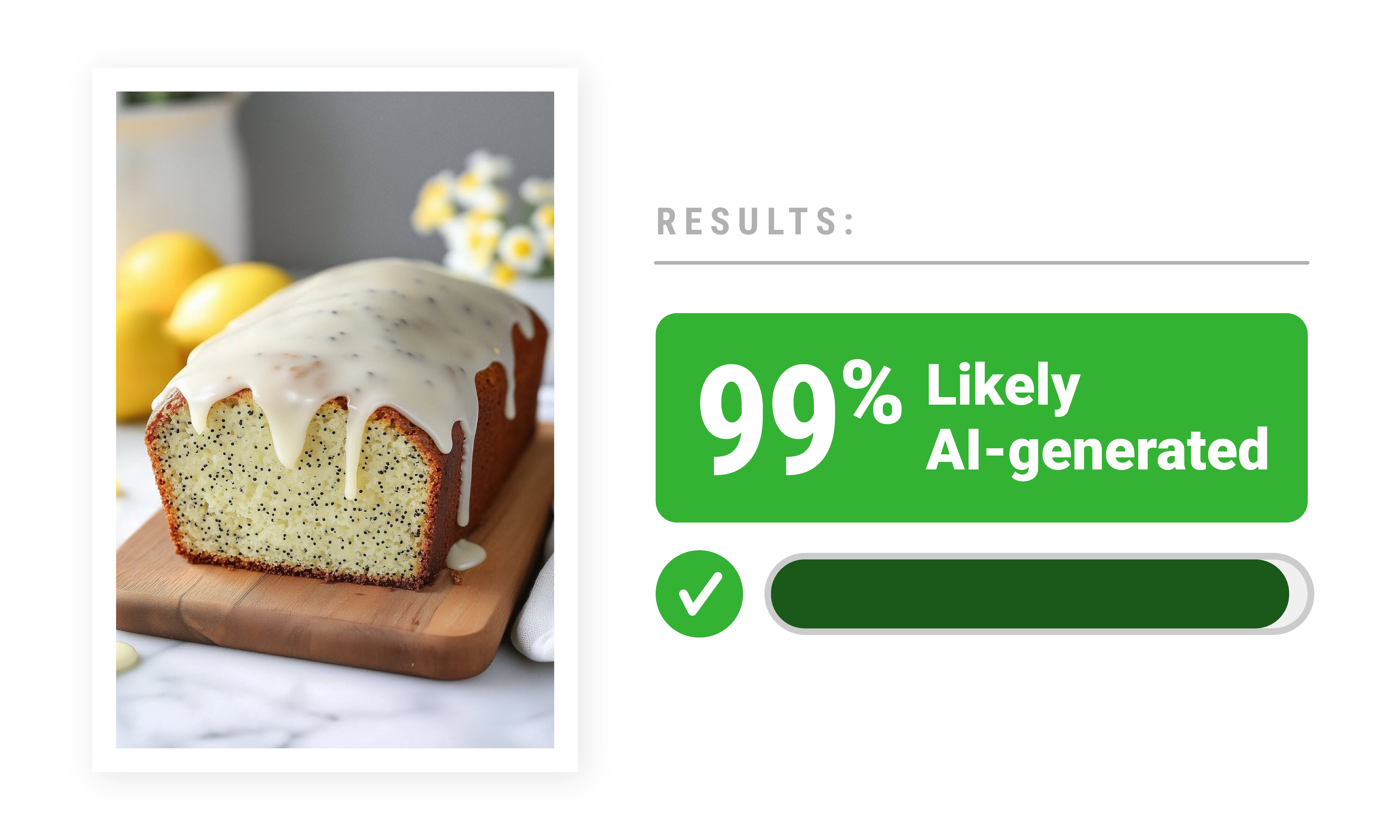
To further test the AI use, DV recreated similar images using Midjourney, using text from the recipe. This is the DV-created image.

This pattern extended across multiple examples:
https://insanelygoodrecipes.com/classic-italian-sub-recipe/
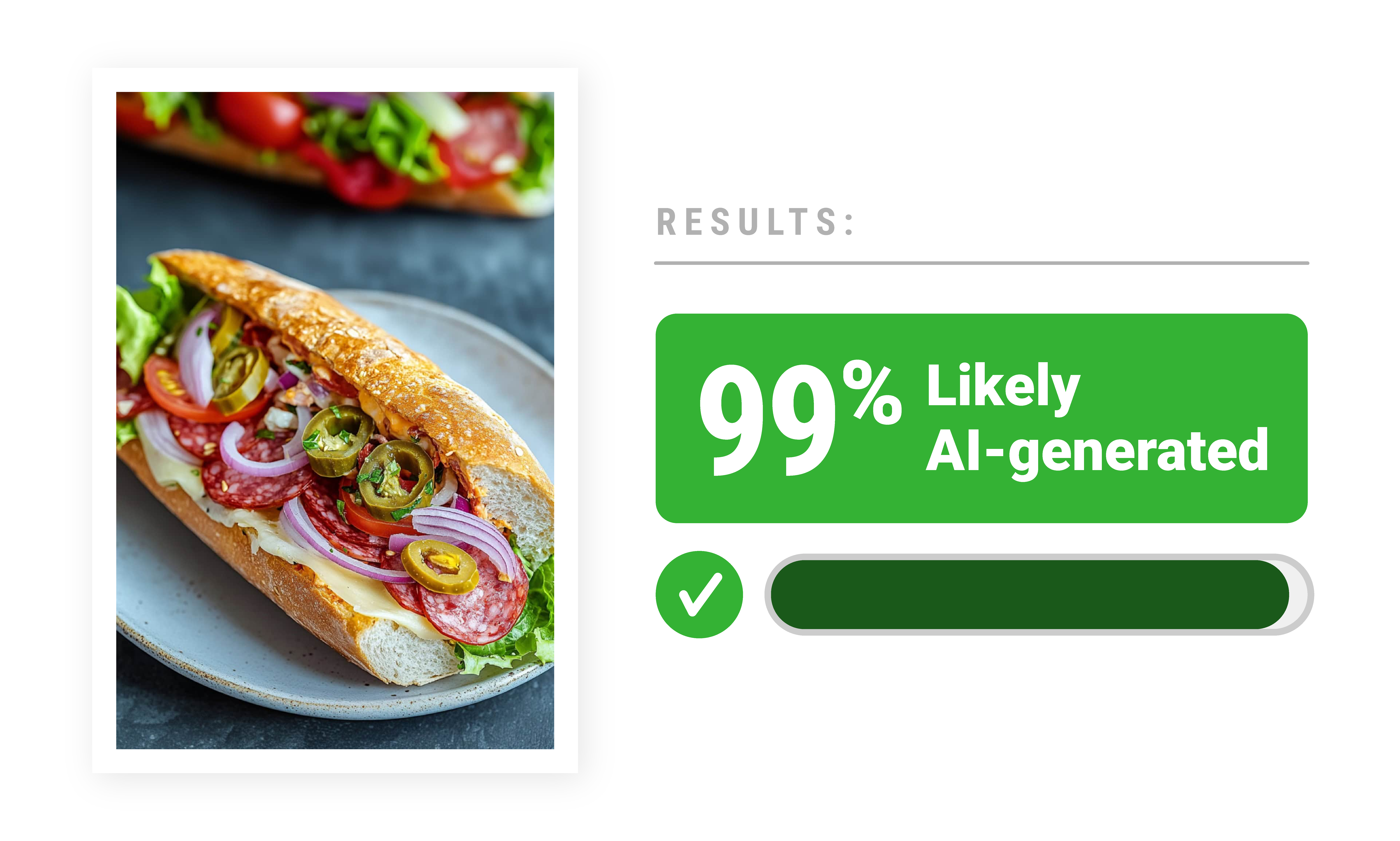
DV’s Midjourney version:
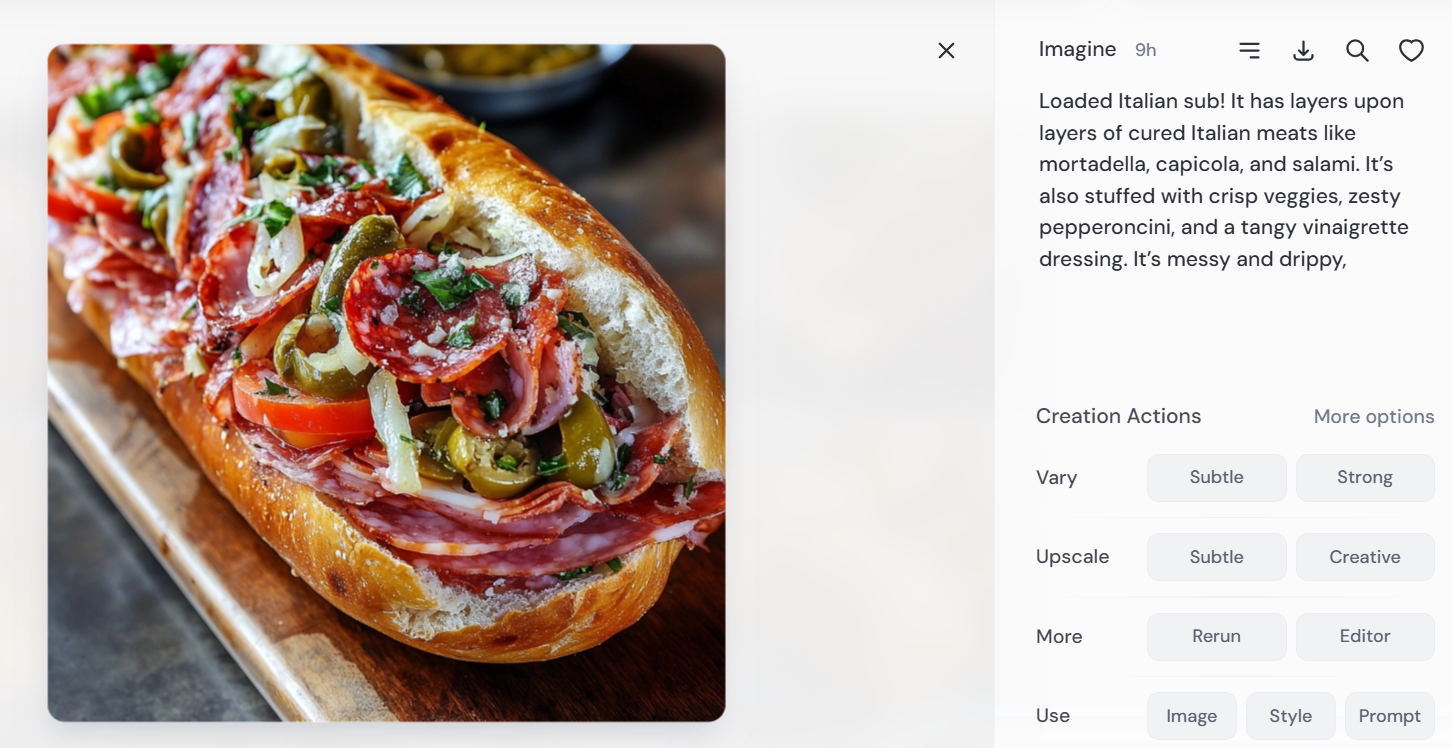
Additionally, DV found that AI usage was not limited to food imagery. The purported author of all articles, “Kim,” appears to use an AI-generated headshot:
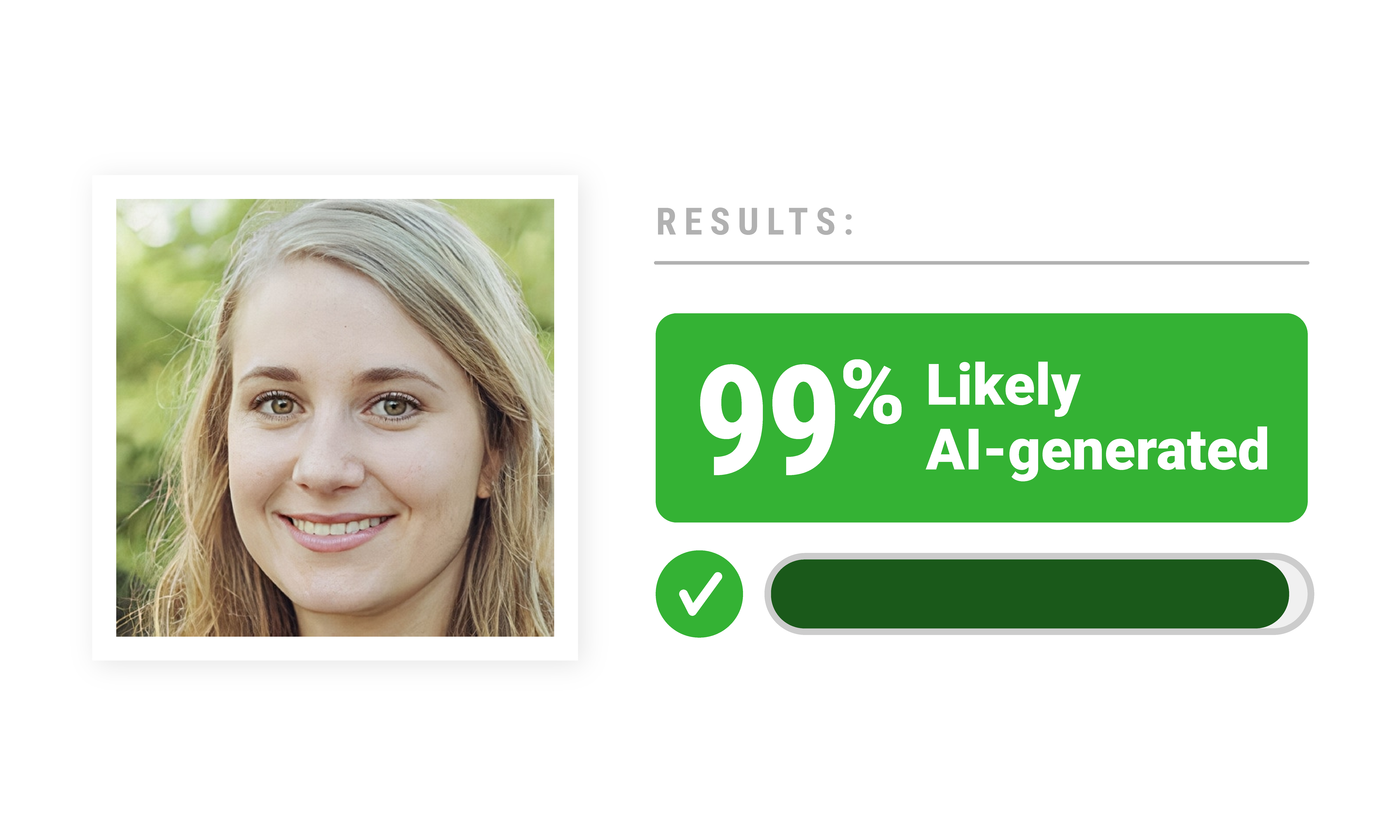 (Note: The site appears to be run by a real person—an SEO expert—who has publicly discussed using GenAI for tasks like generating recipe headlines.)
(Note: The site appears to be run by a real person—an SEO expert—who has publicly discussed using GenAI for tasks like generating recipe headlines.)
Quick Recipes
Another potential example is Quick Recipes, a recipe site identified by DV’s own proprietary GenAI detection technology as being heavily populated with AI-generated food content and recipes.
Similar to Insanely Good Recipes, DV also used third-party AI image detection tools to identify multiple instances of potentially AI-generated food images. These examples include:
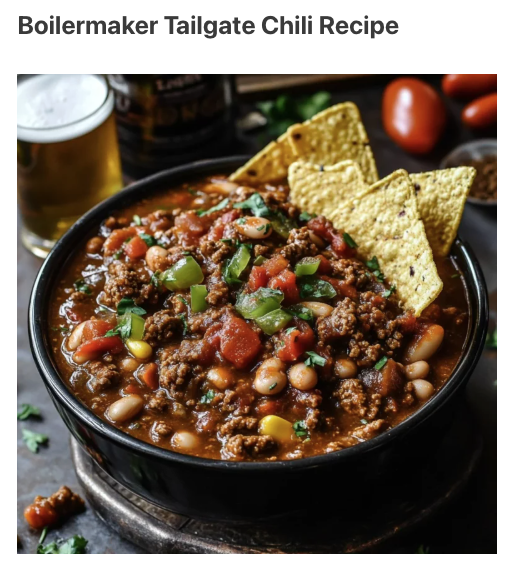
https://excelitehost.com/boilermaker-tailgate-chili-recipe/
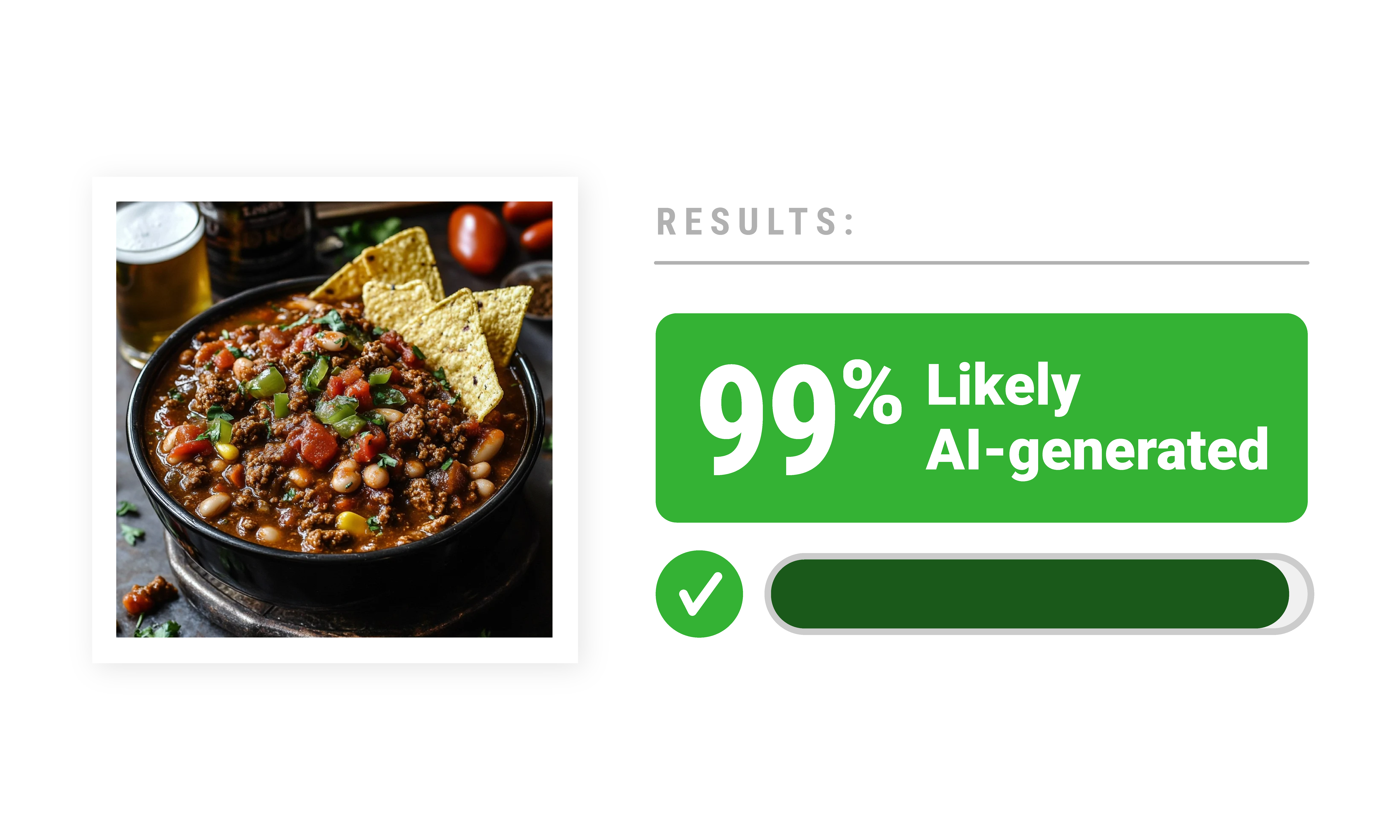

https://excelitehost.com/salmon-with-lemon-cream-sauce/
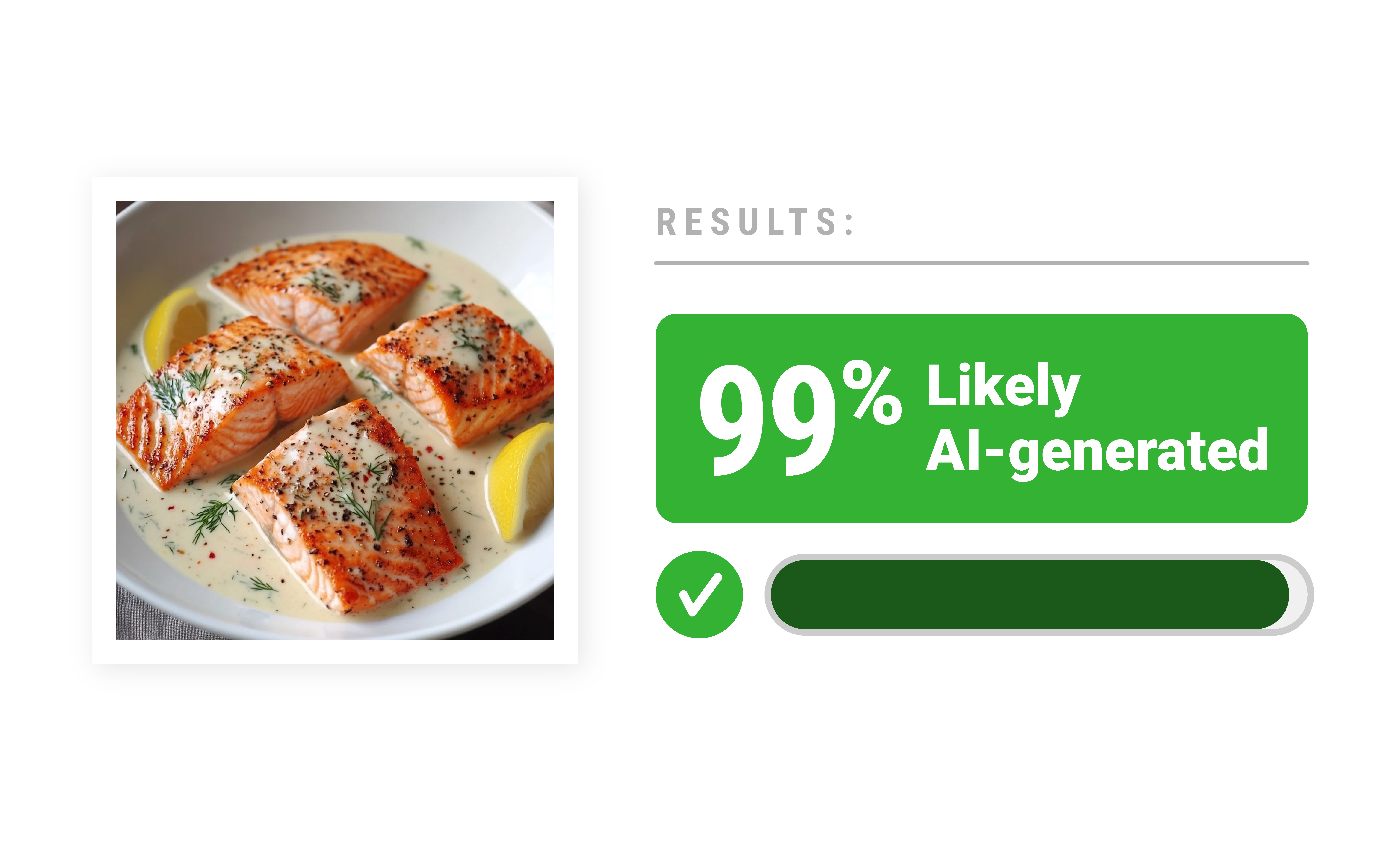

https://excelitehost.com/chewy-brown-butter-maple-pumpkin-cookies/
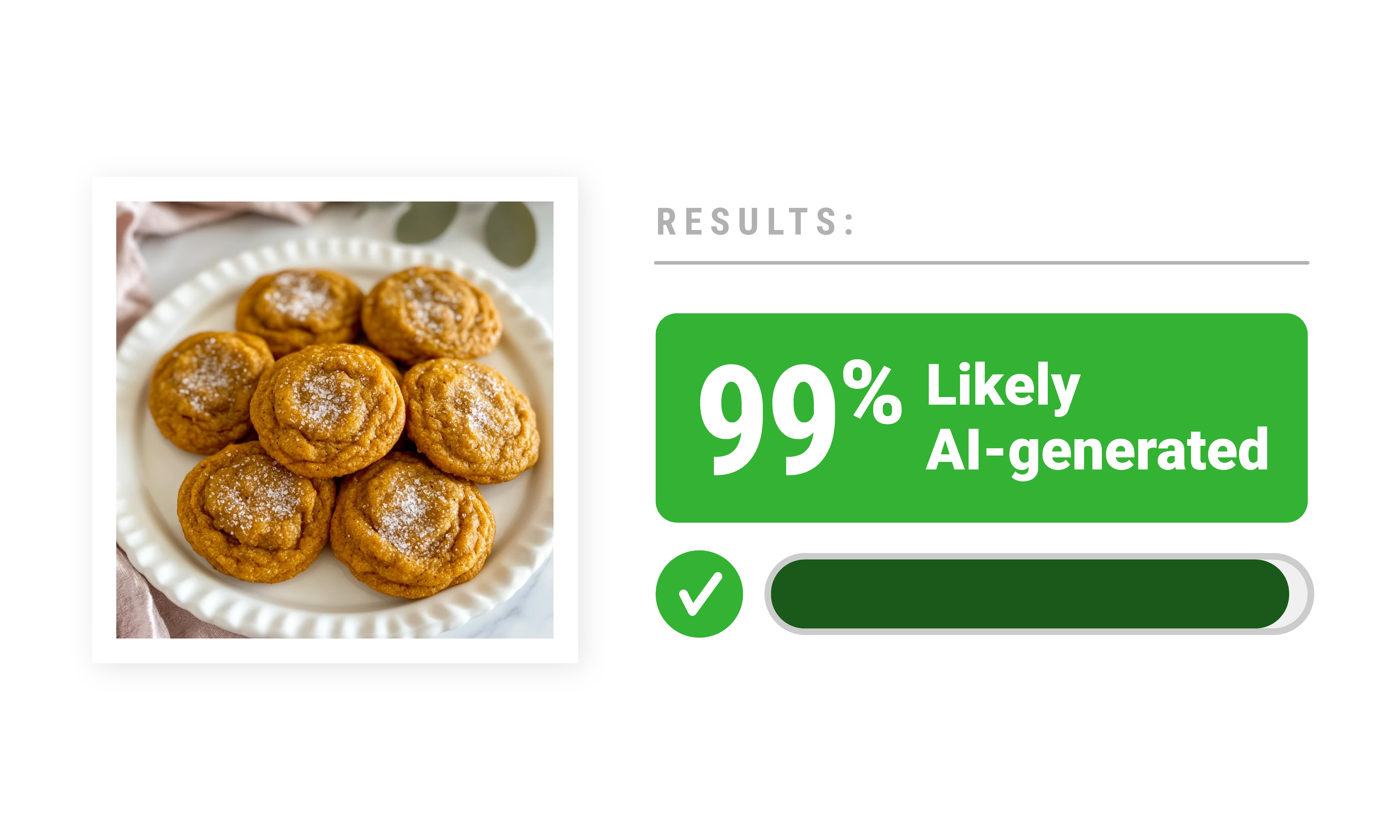
The site also shows several other signs of low quality and minimal human oversight, including cookie-cutter templates, editorial inconsistencies, broken links, and duplicated author identities.
For example, the contact section of Quick Recipes refers to an entirely different site called “DantiiGo”:
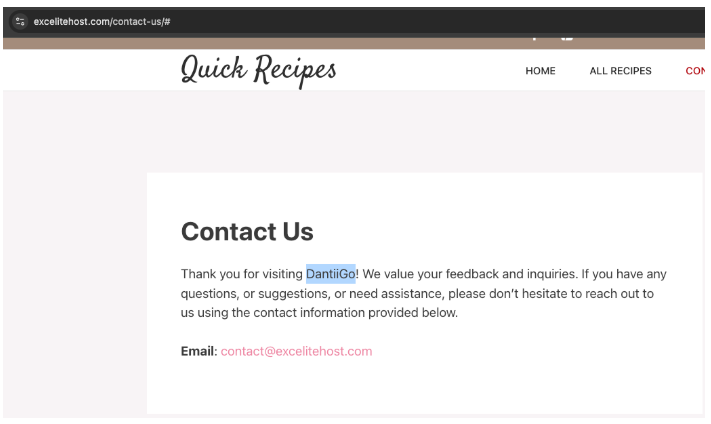
DV’s analysis also reveals that DantiiGo is, in fact, another low-quality recipe website supposedly run by a food blogger named Sophia:
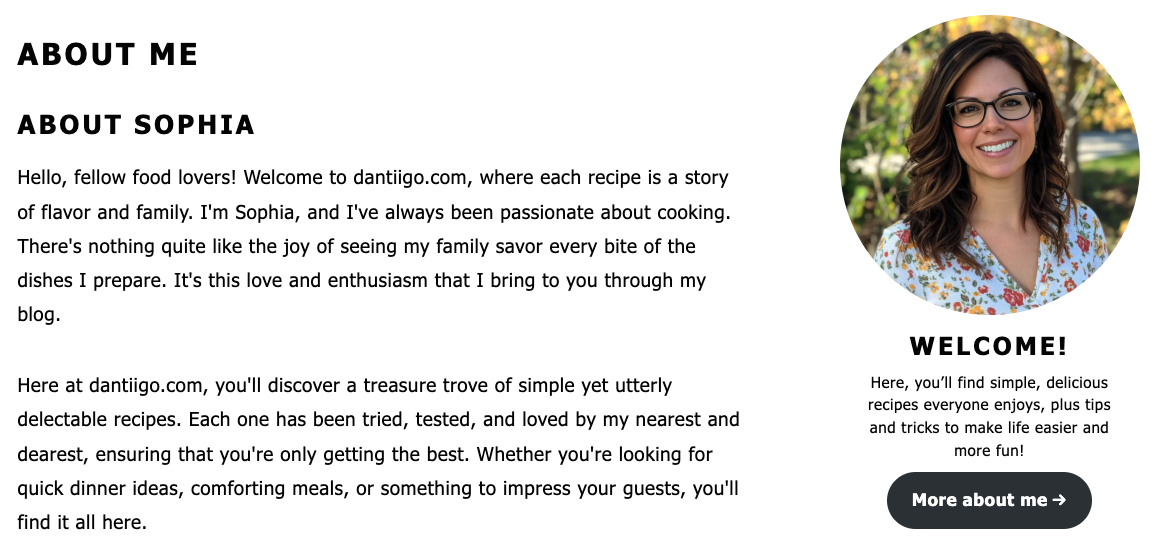
However, Sophia’s image appears to be AI-generated as well:
 Moreover, her bio is also very likely AI-generated, based on our own assessment. This can also be confirmed by anyone using tools like Copyleaks:
Moreover, her bio is also very likely AI-generated, based on our own assessment. This can also be confirmed by anyone using tools like Copyleaks:

Similarly, Quick Recipes claims to be operated by a food blogger named Emily, who also seems to be a fabricated figure. When we initially began the study, this is what “Emily” looked like.

Her photo was also used for an image of “Olga,” a representative of a Russian home call center company:

Today, Emily’s headshot has been swapped out for another:

This photo, according to our analysis, is also AI-generated:
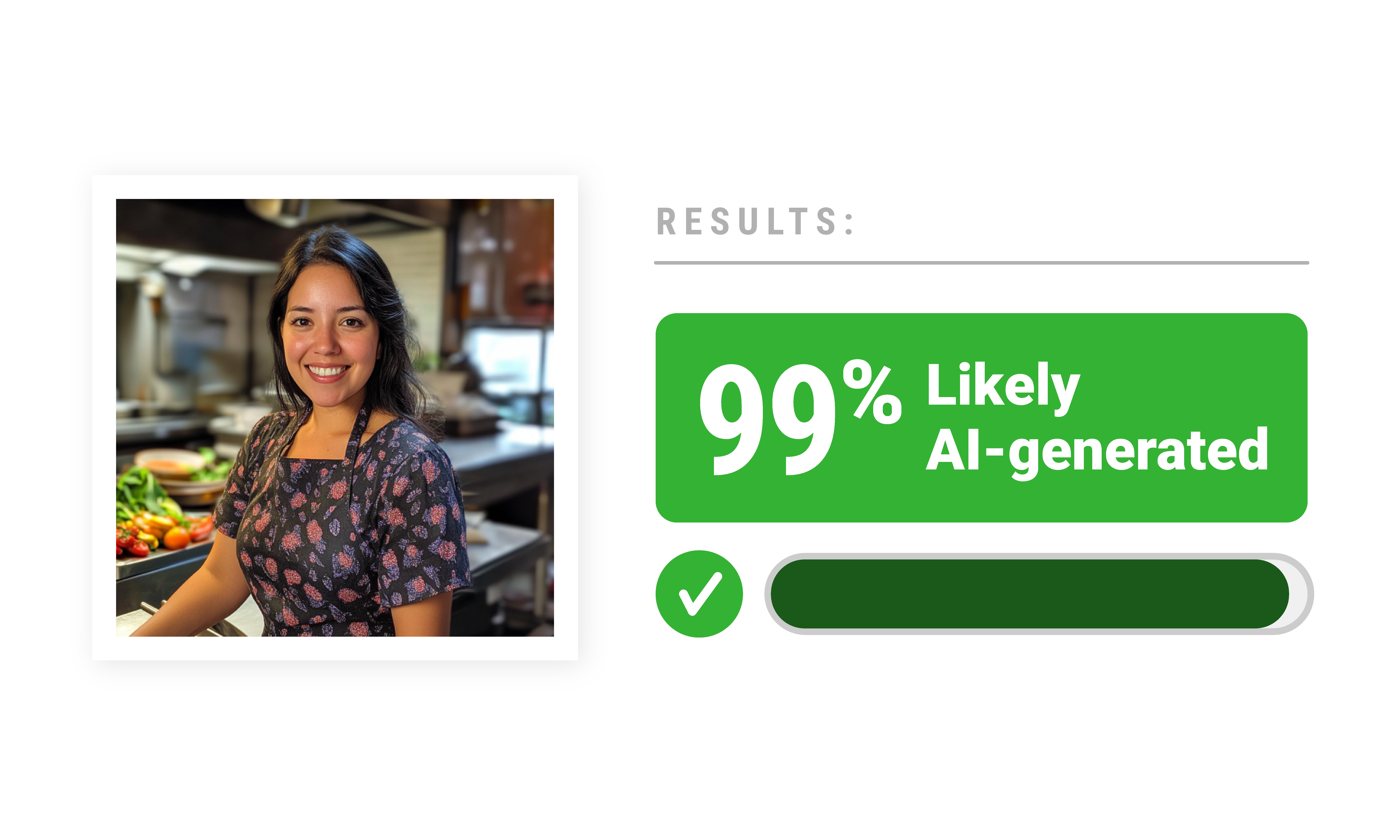
MarketGrow
Another interesting potential example of a recipe website relying on AI content is MarketGrow. Currently, MarketGrow attracts nearly 4 million monthly visits, according to SimilarWeb.
Since April 2024, MarketGrow has operated as a cooking and recipe website. However, before that, it was a stock market news site. See historical screenshots from the Wayback Machine for reference.
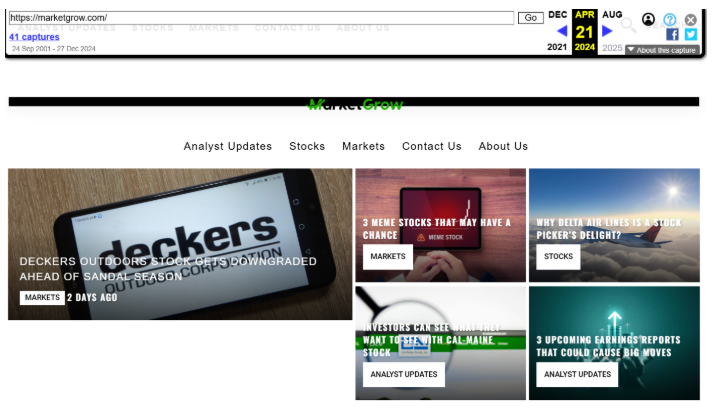
Originally, MarketGrow gained popularity by covering financial news. However, unlike a news site, which requires constant updates, a recipe site offers evergreen content that remains relevant over time. Additionally, recipe sites can support more ad slots while still being considered brand-suitable, making them particularly attractive for AI-driven content operations.
DV’s proprietary GenAI detection models indicate that much of the text content on MarketGrow is AI-generated. Additionally, DV identified multiple instances of potentially AI-generated food images. Examples include:

https://marketgrow.com/apple-cider-baked-chicken-and-cabbage/
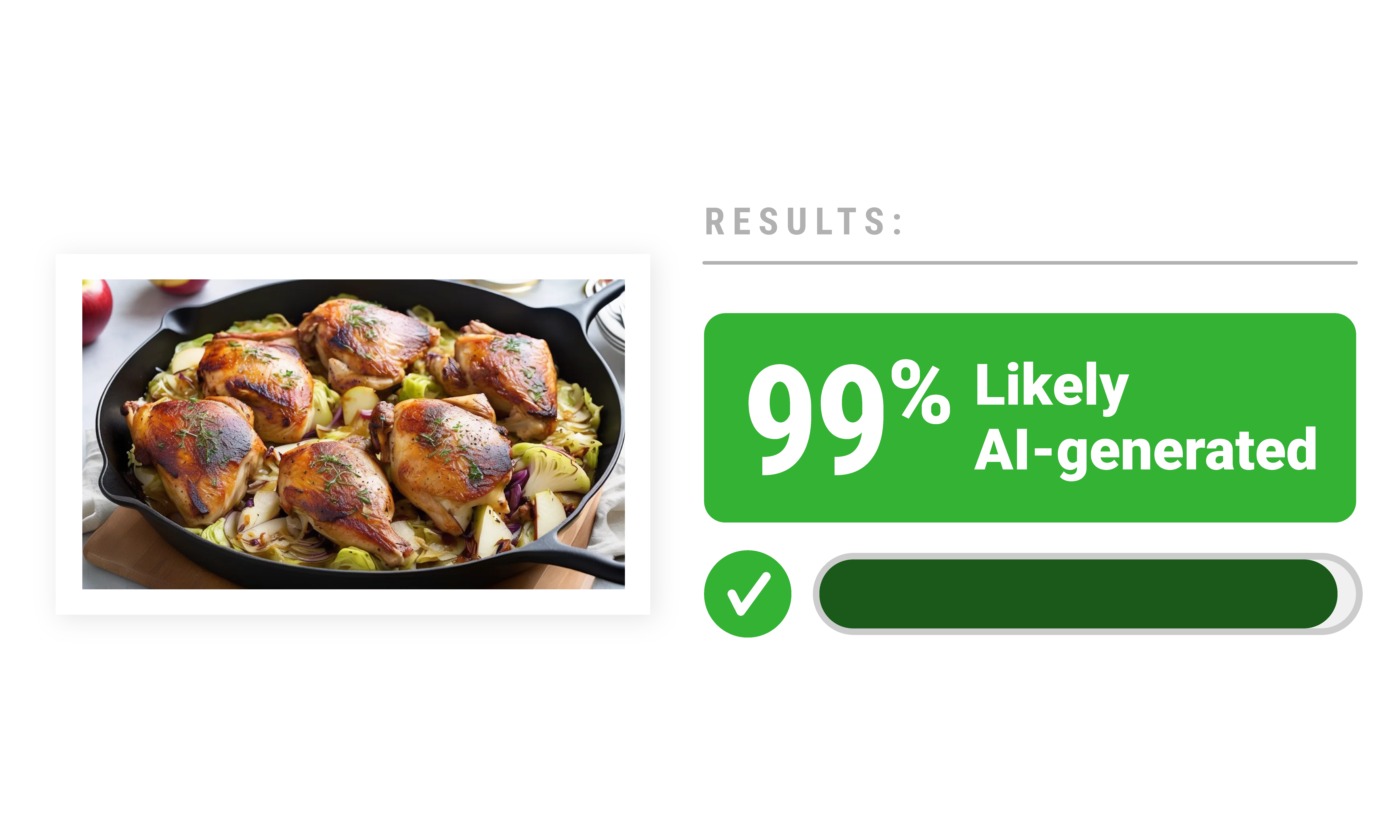

https://marketgrow.com/grilled-mexican-lime-chicken/
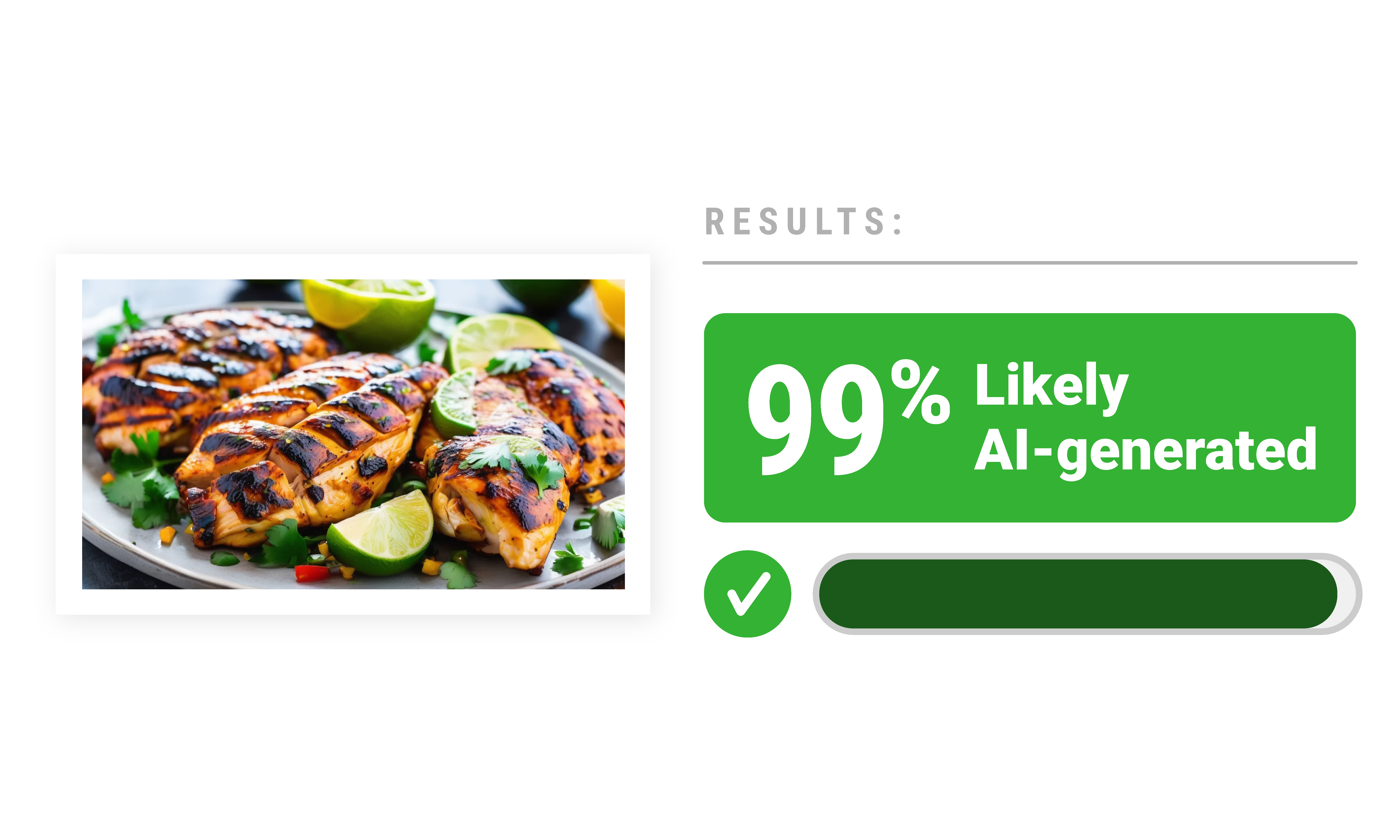

https://marketgrow.com/cranberry-mule-mocktail/
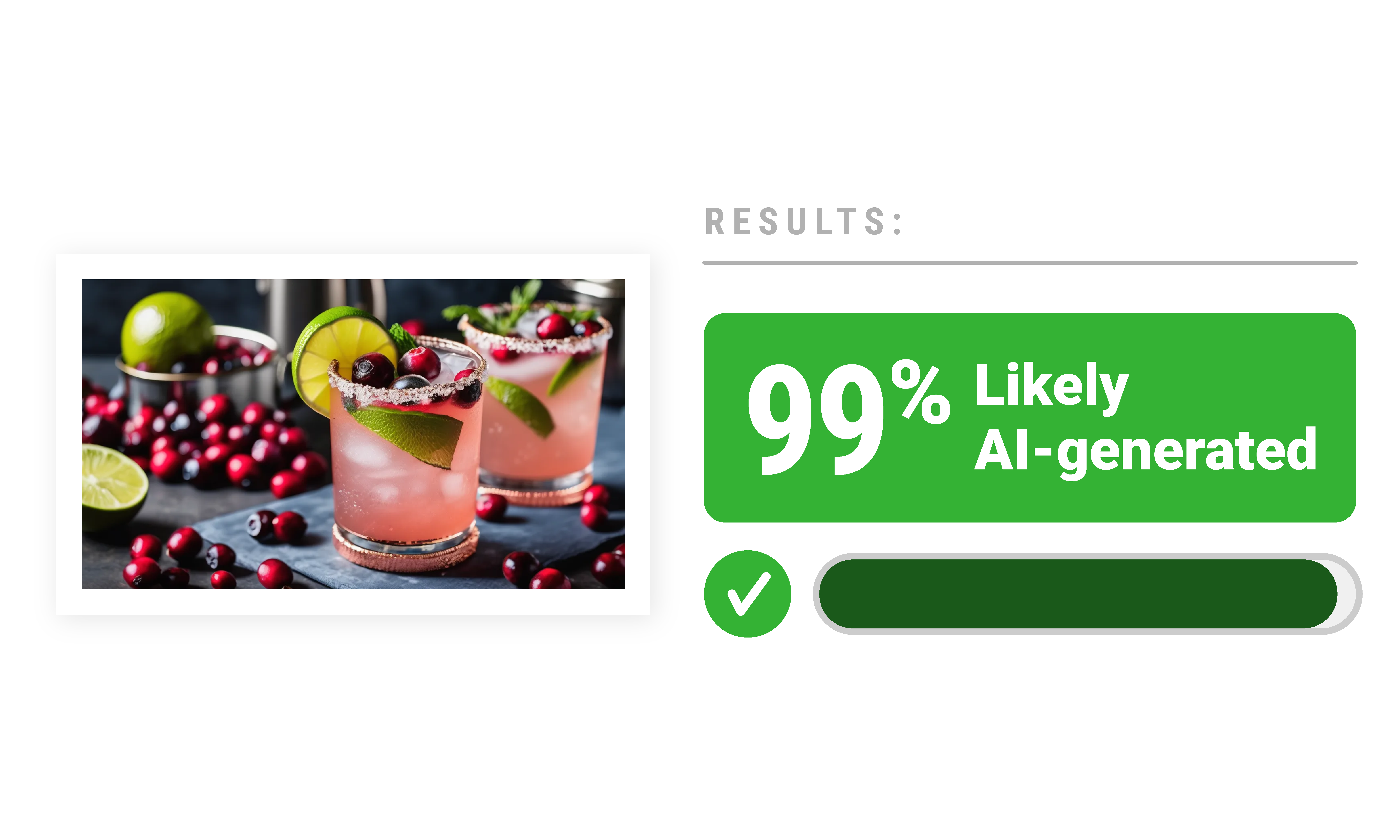
What This Means for Advertisers
This isn’t to say that AI-generated content is inherently problematic or a reason to avoid advertising on recipe sites. However, it should be evaluated alongside other quality indicators when assessing a site’s value.
This issue is particularly relevant given that recipe websites are already known for high ad clutter. While this doesn’t necessarily mean they are made-for-arbitrage (MFA) or made-for-advertising (MFA) sites, a poor user experience—especially when combined with low-quality, AI-generated “slop” content—raises legitimate concerns.
As AI-generated content proliferates, advertisers need to ensure their ads appear on high-quality, brand-suitable inventory, not low-value, AI-driven content farms. To better understand how DSPs and SSPs manage AI-generated content, advertisers may want to consider:
- How do the DSPs/SSPs identify and assess AI-generated content across their inventory?
- Do the DSPs/SSPs use a media effectiveness or measurement partner to evaluate content quality and engagement?
- What controls are in place to prevent ad placements on low-quality or AI-generated content farms?
- Do the DSPs/SSPs differentiate between AI-assisted editorial content and fully AI-generated sites with little to no human oversight?
- How do the DSPs/SSPs ensure AI-generated content meets brand suitability standards?
- Can we exclude sites that rely heavily on AI-generated content?
- How do the DSPs/SSPs address emerging AI content trends that could impact media quality?
- Do the DSPs/SSPs regularly audit and refresh your inventory to ensure we’re not buying low-quality AI-generated placements?
These questions can help advertisers gain transparency into how platforms manage AI-generated inventory and ensure their ad spend supports high-quality, human-vetted content aligned with their brand and performance goals.
As AI-driven cooking and recipe content continues to attract advertising dollars, advertisers must stay informed about these evolving trends and risks to ensure their media investments align with brand standards and transparency goals.
Disclaimer
The findings in this report are based on DoubleVerify’s independent analysis using proprietary and third-party tools to assess content characteristics, website functionality, and ad placements. This research is intended to provide insights into broader industry trends related to AI-generated content in the digital advertising ecosystem.
DoubleVerify does not claim to determine intent, assign blame, or make legal assertions regarding any specific website or publisher mentioned. The inclusion of any site in this analysis is not an allegation of misconduct but rather an illustration of emerging trends that advertisers should be aware of when making media investment decisions.
As the digital landscape evolves, we encourage open discussions between advertisers, publishers, and technology partners to ensure transparency, maintain content quality, and uphold industry best practices.

